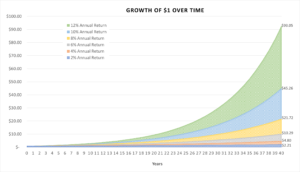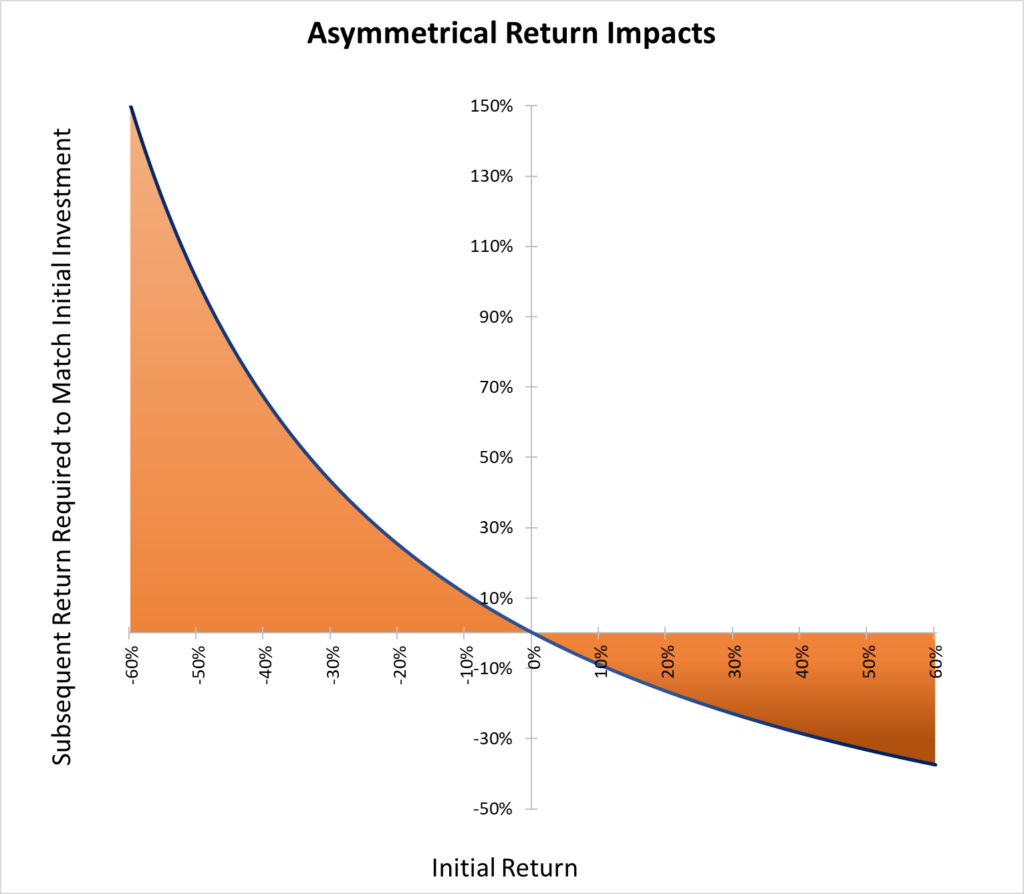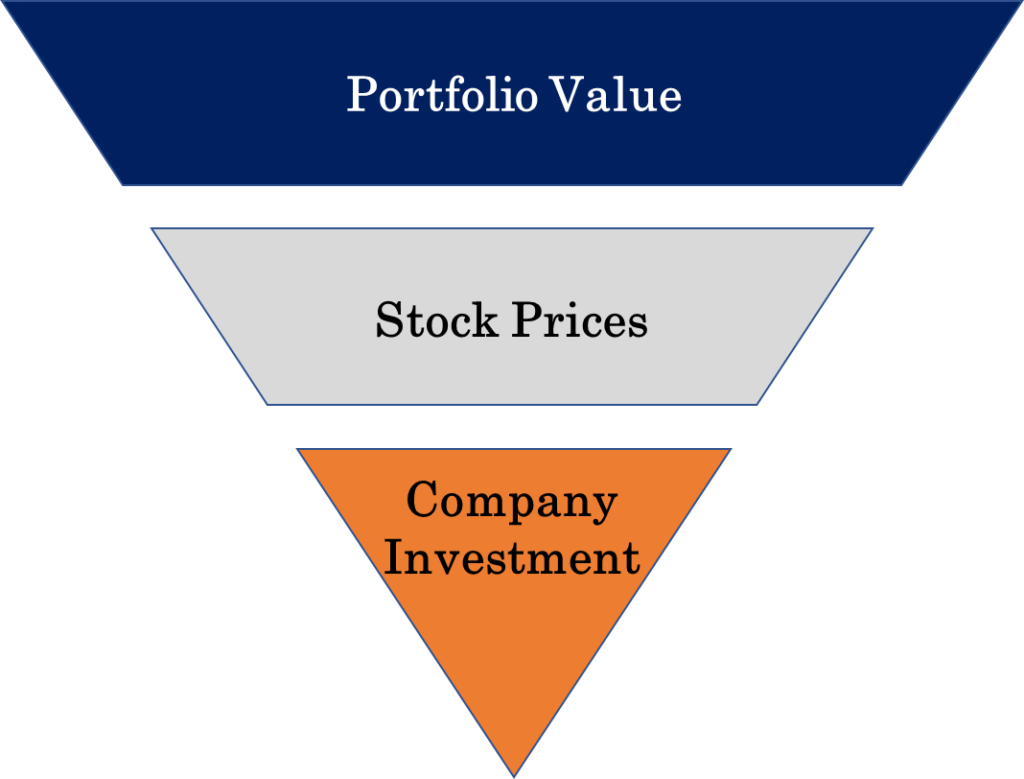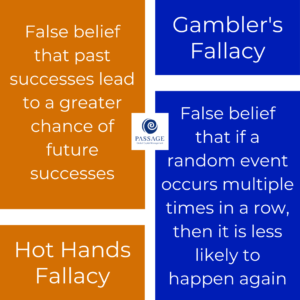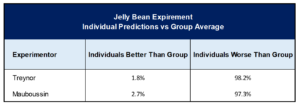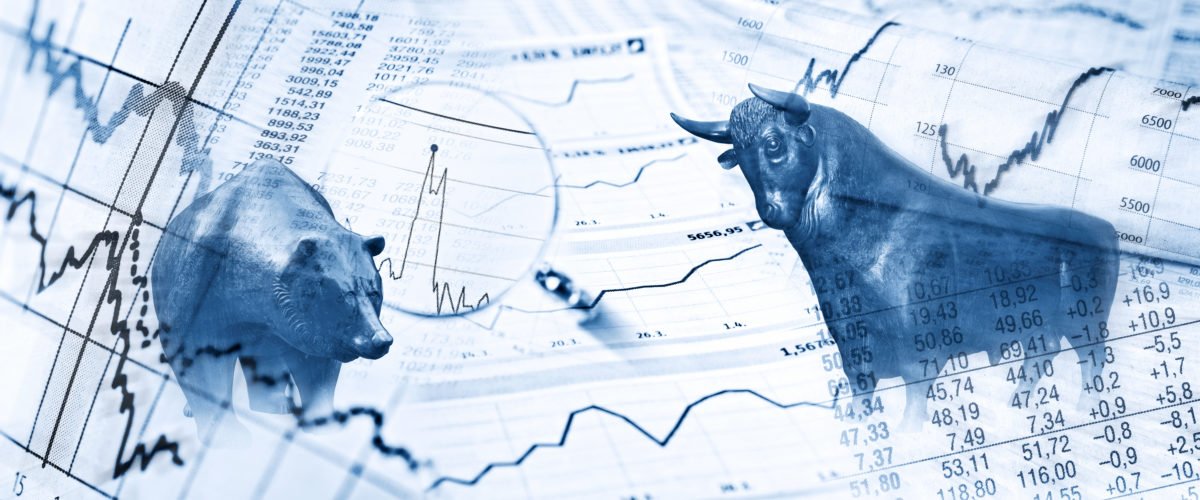Most people know that cryptocurrency is a decentralized, digital form of money that can be used for transactions, but what about the technology behind it? Blockchain technology was adopted in 2009 by Satoshi Nakamoto, the anonymous creator of Bitcoin, in order to support its function. However, not many people are aware of what exactly blockchain technology is, or about its many uses for cryptocurrency and beyond. With thousands of cryptocurrencies in existence, and with Bitcoin reaching an all-time high price of above $68,000 this November, they continue to rise in popularity and their influence is becoming more dominant. These digital currencies are likely here to stay and can no longer be overlooked, so now, it is more important than ever to be informed on cryptocurrency and its technology.
Popularized with the original Bitcoin whitepaper, blockchain is now the primary technology behind thousands of other cryptocurrencies. Blockchain is a type of distributed ledger technology; essentially, it is a database that acts as a public ledger to record digital transactions across a peer-to-peer network in a way that cannot be altered. Before diving deeper into how blockchain works, it is important to note some key characteristics of this technology. First, blockchain is a decentralized, peer-to-peer network where no single person or entity controls any of the data. This means that transactions occur directly from one party to the other without any third-party intermediary such as a bank, and there is no government involvement. Every transaction on the blockchain is verified through the peer-to-peer network, a process known as mining, which we will get more into later. Mining is completed through the proof-of-work framework, and this helps alleviate concerns of tampering, hacking, and fraud. Additionally, blockchain technology is distributed, meaning that everyone participating on the network has access to the entire database for full transparency. Anyone is allowed to join the network, and once they do, all transactions will be visible to that participant. The participants on the network are anonymous, and all transactions are secured and linked together through cryptography. As a result, no transaction can be altered once it is in the database, and every transaction is time-stamped to ensure there is no way to “double-spend.” The blockchain algorithms confirm that every transaction is permanent and in chronological order. Blockchain is also time efficient, as it is open 24 hours, 7 days a week. There were many attempts to create digital money before Bitcoin, but blockchain technology solved the issues that prior attempts ran into, making it an extreme success.
Blockchain can be thought of as an operating system that has different applications running on it, which are the cryptocurrencies like Bitcoin. These cryptocurrencies are built with blockchain technology, and each cryptocurrency has their own, separate blockchain. To better understand how blockchain technology works, it is important to know its three primary components: blocks, miners, and nodes. Generally speaking, the blocks are what collect all of the information on the blockchain. There are four main elements within these blocks which are the data, the nonce, the hash, and the previous hash. The data being held in the blocks depends on the type of blockchain. For example, the Bitcoin blockchain stores all of the data regarding transactions, such as the amount, sender, and receiver. Essentially, these blocks act like boxes of receipts, and once the storage capacity of one block is filled, it is closed and will be linked to the previous block. The nonce, also referred to as a “number used only once”, is a 32-bit number that is randomly generated. This value is essential for the proof-of-work algorithm and is the number that crypto miners are searching for in order to be rewarded with cryptocurrency. The hash is a 256-bit number unique to each block, like a fingerprint. The block also includes the hash of the previous block which creates this immutable, unbreakable chain of blocks. This also helps with security, because in the event of someone tampering with a block, all following blocks will be changed and invalid. The only block that does not have the hash of the previous block is the initial block on the chain, known as the Genesis block. The second component of blockchain is the miners. Through mining, their goal is to find the “golden nonce” value, and when found, a new block is created on the chain. They will receive a reward of cryptocurrency for their work, and for some cryptocurrencies such as Bitcoin, this is the only way new “tokens” are entered into circulation. The third component of blockchain is the nodes, which are a critical part of blockchain’s infrastructure. Nodes are any electronic device, such as a computer, that allow for a blockchain’s data to be accessible. In-essence, a blockchain exists on nodes. Additionally, nodes are needed in the mining process. When a miner attempts to add a block to the chain, all nodes will be notified, and they will either accept or reject the block based on the legitimacy of those transactions in that block.
Cryptocurrency is the primary reason for blockchain’s existence; however, more applications are beginning to be discovered beyond this. Businesses can use a private, or public, blockchain to track supply chains, store health care records, implement smart contracts, and more. Smart contracts are digital contracts on a blockchain that are automatically executed when certain conditions are met. Ethereum is the largest blockchain supporter of smart contracts, and it has extensive utility such as for automatic payments, crowdfunding, or registering a vehicle. Currently, companies including The Home Depot have implemented smart contracts to help resolve issues with vendors. Pharma Portal, a blockchain platform powered by IBM, tracks temperature-controlled pharmaceuticals through the supply chain to provide trusted data. These are only a few of the thousands of new blockchain uses being discovered and tested. In addition, more companies are beginning to accept cryptocurrency as a form of payment, showing its growing stance in society. Despite blockchain’s tremendous potential, the negative environmental impact that comes with blockchain technology and mining is raising concerns.
As briefly mentioned earlier, cryptocurrency mining is the process where miners compete against each other to be the first one to solve a complicated computational math problem. They are attempting to find the correct nonce value that will generate a hash. The solution is completely found by guesswork and chance, like a gamble, where the miner’s system will spit out random numbers until the nonce value is found. Once it is solved, that miner has validated transactions through proof-of-work and has added a new block to the blockchain. Mining is essentially a way that network participants complete the proof-of-work algorithm on blockchain, or verify the legitimacy of transactions, and it allows for more “tokens” to enter circulation. Currently, the reward for being the first miner to complete this process for Bitcoin is 6.25 Bitcoins, and the reward rate is cut in half about every four years. In order to mine for cryptocurrency, you need access to a substantial amount of energy, mining hardware that is either an “application-specific integrated circuit” or a “graphics processing unit,” and mining software to join a network. Although the price of hardware can be costly, the amount of money spent on energy will greatly exceed that. Despite crypto mining being a very expensive venture with a high probability for failure, people still find this process appealing. However, mining is causing severe damage to the environment. As explained, mining requires an immense amount of energy, and major sources of electricity are coal and fossil fuels. Burning coal contributes to the negative effects on the climate, and according to CNBC, Bitcoin mining accounts for about 35.95 million tons of carbon dioxide emissions which is the same as New Zealand. China, where mining rigs utilized energy from burning coal, recently banned all crypto activity due to environmental concerns. Many participants in Texas, a popular place for crypto mining, are using wind power. Others across the U.S. are converting abandoned factories into mining facilities using renewable energy. However, these places draw up millions of gallons of water a day through pipes to cool the plant which harms the wildlife. Even with the use of clean energy, electronic waste remains a problem. Since all of the participating miners compete against one another, they all want the most efficient hardware. This means that their old systems are constantly being discarded and ending up in dangerous landfills. These devices contain hazardous chemicals that harm the environment and the health of others. Although this is a negative side of the new world of blockchain, it still holds immense promise for the future.
The views expressed represent the opinion of Passage Global Capital Management, LLC. The views are subject to change and are not intended as a forecast or guarantee of future results. This material is for informational purposes only. It does not constitute as investment advice and is not intended as an endorsement of any specific investment. Stated information is derived from proprietary and nonproprietary sources that have not been independently verified for accuracy or completeness. While Passage Global Capital Management, LLC believes the information to be accurate and reliable, we do not claim or have responsibility for its completeness, accuracy, or reliability. Statements of future expectations, estimates, projections, and other forward-looking statements are based on available information and Passage Global Capital Management, LLC’s views as of the time of these statements. Accordingly, such statements are inherently speculative as they are based on assumption that may involve known and unknown risks and uncertainties. Actual results, performance or events may differ materially from those expressed or implied in such statements.





